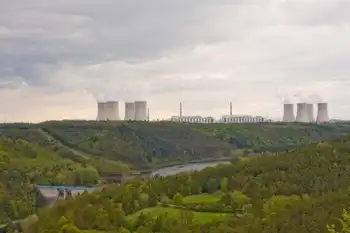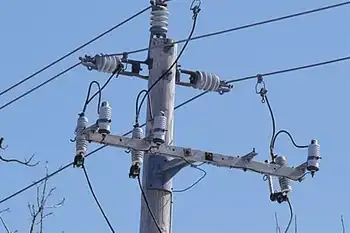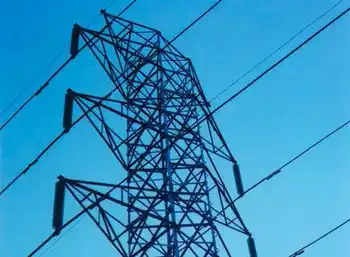High power rates can mean potential grow-ops
Under the Safety Standards Act, municipalities can a request a list from BC Hydro with the addresses of homes with suspiciously high power consumption, making it easier for police and city inspectors to target indoor grow-ops. BC Hydro defines a high-consumption residential home as using more than 93 kilowatt-hours per day; three times what the average home uses.
A Freedom of Information request filed by the Nanaimo Daily News revealed that 3,986 Nanaimo homes fit BC Hydro's definition of high consumption for May, the most recent information available. The 2006 Statistics Canada census shows there were 33,525 private occupied dwellings in Nanaimo at the time.
Exactly how many of these homes are actually housing grow-ops would require more investigation by municipalities; air conditioners, swimming pools and the size of a home can push homes past the 93 Kwh per day threshold.
After narrowing down its long list of power-sucking residences, the City of Surrey made major progress in tackling grow-ops in its community, according to a recent study.
Nanaimo officials say they are watching how other municipalities are using the Safety Standards Act, which sparked criticism from civil rights groups in the past, but have not requested a list of homes that use suspiciously high amounts of electricity. Nanaimo Mounties say the number of indoor grow-ops they've encountered during the past two years has remained consistent.
"We're in an information-gathering role and we'd like to know more about it," said Randy Churchill, bylaws manager for the City of Nanaimo.
Surrey saw an 80.9% reduction in residential grow-ops between 2004 and 2008, according to a study released in June by the B.C. Centre for Social Responsibility.
It attributed the success to the city's electrical and fire safety inspection initiative, which began in 2005 as a pilot project that would later lead to the introduction of the Safety Standards Act.
Now, 18 municipalities have requested lists of addresses from BC Hydro at some point since 2007.
Surrey deputy fire chief Dan Barnscher, who manages the EFSI team, explained that about 10,000 addresses have high-consumption rates of electricity in the city, yet only a small number are flagged as potentially housing a grow-op. If they determine there's a good chance of marijuana being grown inside, city inspectors, accompanied by police, pay the home a visit after first giving notice to the tenants and owners.
"It's something that council has to be prepared to back up 100% and the City of Surrey's mayor and council totally back this initiative up," said Barnscher.
Before an inspection takes place, municipalities first research the history of each home and whether there may be other factors behind a high rate of electricity consumption.
Jason Kinch, building inspection manager for the City of Nanaimo, said poorly insulated homes in the south end and a growing trend toward the installation of heat pumps might influence the amount of electricity local homes use.
He suspects Nanaimo homes overall consume about an average amount of electricity. Meanwhile, grow-ops connected to stolen power sources wouldn't show an increase in electricity use.
The Safety Standards Act has been the target of criticism from civil rights groups and people who feel they've been targeted unfairly.
The B.C. Civil Liberties Association headed a constitutional challenge that said the law violated people's rights and was being used as a tool to conduct warrantless searches. A judge upheld the legislation in a 2008 ruling, but said that officers who tag along with municipal inspectors should have warrants before entering homes.
The B.C. Civil Liberties Association says that even if officers do get warrants before accompanying inspectors, people's privacy rights are still at risk under the act.
Related News

Basin Electric and Clenera Renewable Energy Announce Power Purchase Agreement for Montana Solar Project
MONTANA - A new solar project in Montana will provide another 150 megawatts (MW) of affordable, renewable power to Basin Electric customers.
Basin Electric Power Cooperative (Basin Electric) and Clenera Renewable Energy, announced today the execution of a Power Purchase Agreement (PPA) for the Cabin Creek Solar Project. Cabin Creek is Basin Electric's second solar PPA, and the result of the cooperative's continuing goal of providing a diverse mix of cost-effective energy for its members.
When completed, Cabin Creek will consist of two, 75-MW projects in southeastern Montana, five miles west of Baker. According to Clenera, the project will eliminate 265,000 tons…




